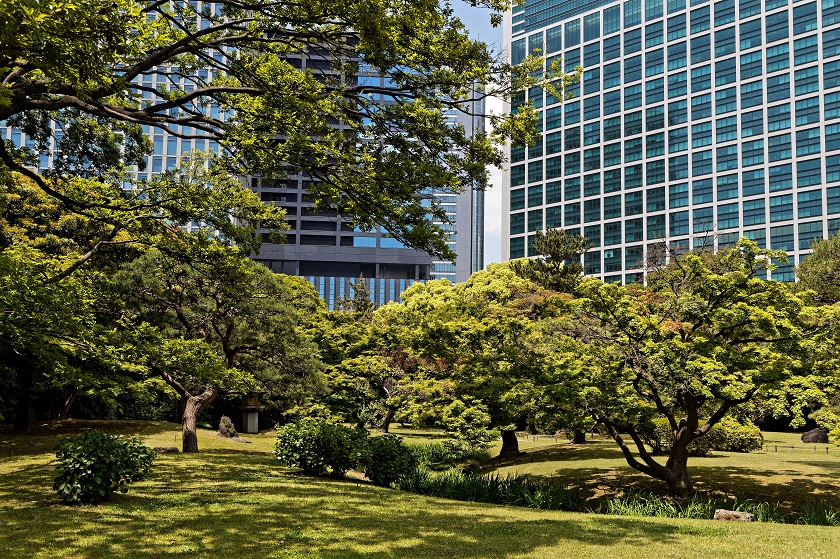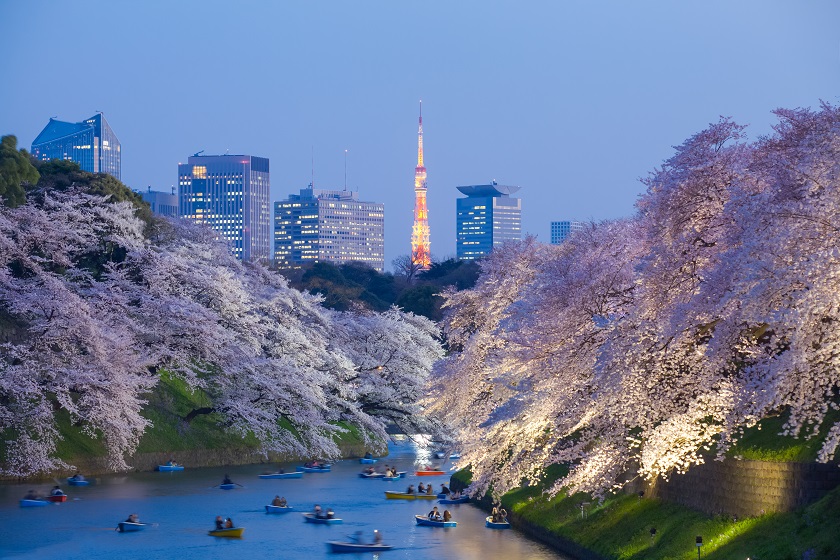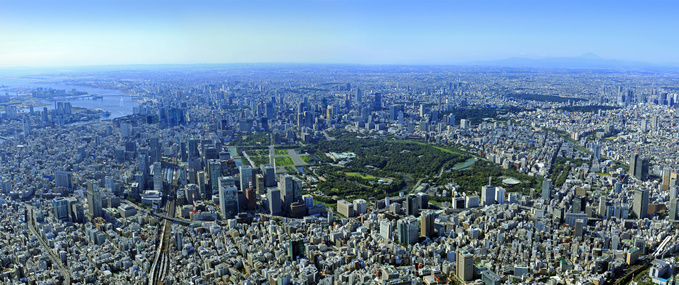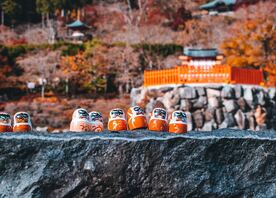The Imperial Palace and Garden is in the centre of Tokyo. Find out how to visit, what to do, admission and other tips for visiting.
Looking at a map of Tokyo, there’s a big green area where the rest of the metropolitan area seems to revolve around, that’s the imperial palace.

Table of contents:
Introduction to the Imperial Palace and Garden
Visiting the palace grounds
How to access the Imperial Palace and Garden
Tips for visiting
Introduction to the Imperial Palace and Garden
The palace stands on the grounds where Edo castle was built. Edo castle was the main seat of power for the Shogun during the Edo period. After the fall of the Shogunate the castle was destroyed and the seat of the imperial power was moved from Kyoto to Tokyo. The imperial palace was then built in this place in 1888. The palace was heavily damaged during WWII, but has since been restored to its original style.
Visiting the palace grounds
Part of the palace grounds are open year round to the public, these include the East Gardens, Old Castle tower, Ninomaru garden, Sannomaru museum, National Museum of modern Art and Kitanomaru park. More below on each of them.
East Gardens
The Imperial East Gardens are the main grounds open to the public. They make up the part of Edo Castle’s innermost defences. Now the east gardens are a public park with reminders of the past, several gates, motes, and guard houses tell the story and lives of Edo castle.
Old Castle tower
Located within the East Gardens is the Old Castle tower of Edo castle. The tower used to be the tallest defensive tower in Japan but was destroyed in a fire. While the tower itself no longer stands, the foundation of the former castle tower remains and can be climbed for a good view over the surrounding area.
Ninomaru garden
Located within the East Gardens, Nonomaru garden is a Japanese model garden. It’s nice to stroll through and makes for an excellent photo spot, especially during the autumn leaves season.

Sannomaru museum
Also known as the Museum of the Imperial Collections, Sannomaru museum houses over 6,000 pieces of art created by imperial household artists between 1533 and 1934. The museum provides an interesting perspective into the imperial household throughout the centuries.
National Museum of Modern Art
The Tokyo National Museum of Modern Art is the principal museum collecting and exhibiting modern Japanese art, and well known for its 20th-century art on display, that mixes Western and Japanese styles.
Kitanomaru park
Located on the north side of the Imperial palace. It was used as both a medicinal garden and a secure residential compound for members of the Tokugawa extended family. Today it is a beautiful park to walk around in and just relax.
Sakura viewing
The Imperial Palace is one of the most famous Sakura viewing points in Japan and a great spot for pictures. A popular activity is to rent a boat and paddle around the outer canals of the palace. Once the Sakura leaves start dropping, these turn completely pink.

How to access the Imperial Palace and Garden
The palace is closely located to Tokyo station and can be reached on foot in 5-10 minutes from the Marunouchi side of the station. Exit the station, then follow Gyoko-dori avenue. You’ll see the palace slowly rising, once at the end of Gyoko-dori turn right to get to the Otemon-gate entrance, leading right into the Eastern Gardens.
Opening hours are as follows:
9:00 to 17:00 (March 1 to April 14 and all of September)
9:00 to 18:00 (April 15 through August)
9:00 to 16:30 (October)
9:00 to 16:00 (November through February)
Admission ends 30 minutes before closing.
The park is closed on: Mondays, Fridays, the New Year period and when special proceedings are held.
The park is free to access, though security spot checks are regularly performed.
Tips for visiting
- The Imperial Palace and Garden has an English guide service, that can be reserved ahead of time
- The emperor or other members of the imperial family have official days for public appearances on January 2 for the New Year’s greeting and on the emperor’s birthday (February 23).
- On a rare occasion the emperor may also walk around in the gardens himself, who knows, there’s a small chance you might meet him
- Due to its central location, the Imperial Palace and Garden can be combined easily with any other interesting attraction in central Tokyo.

.png)
.jpeg)


